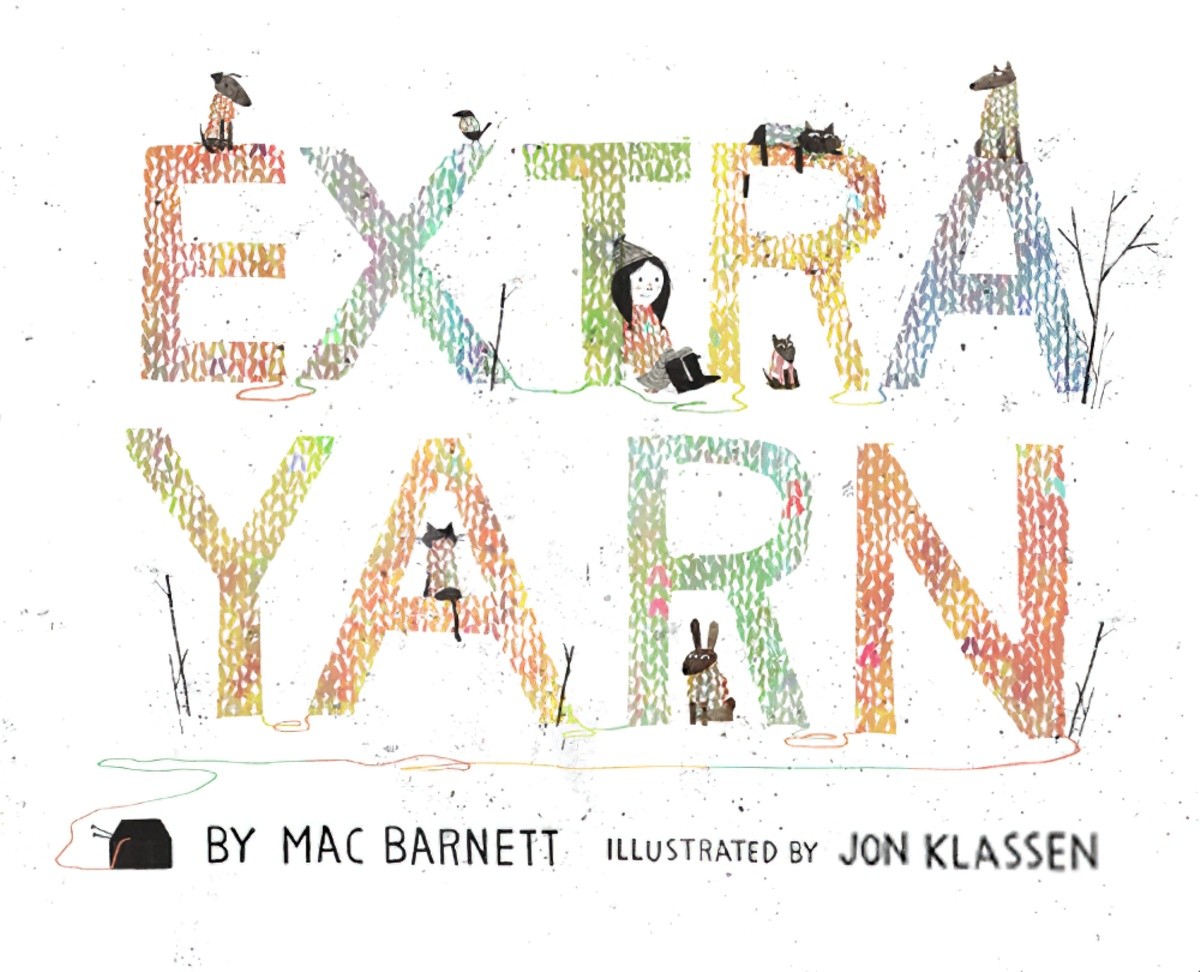-
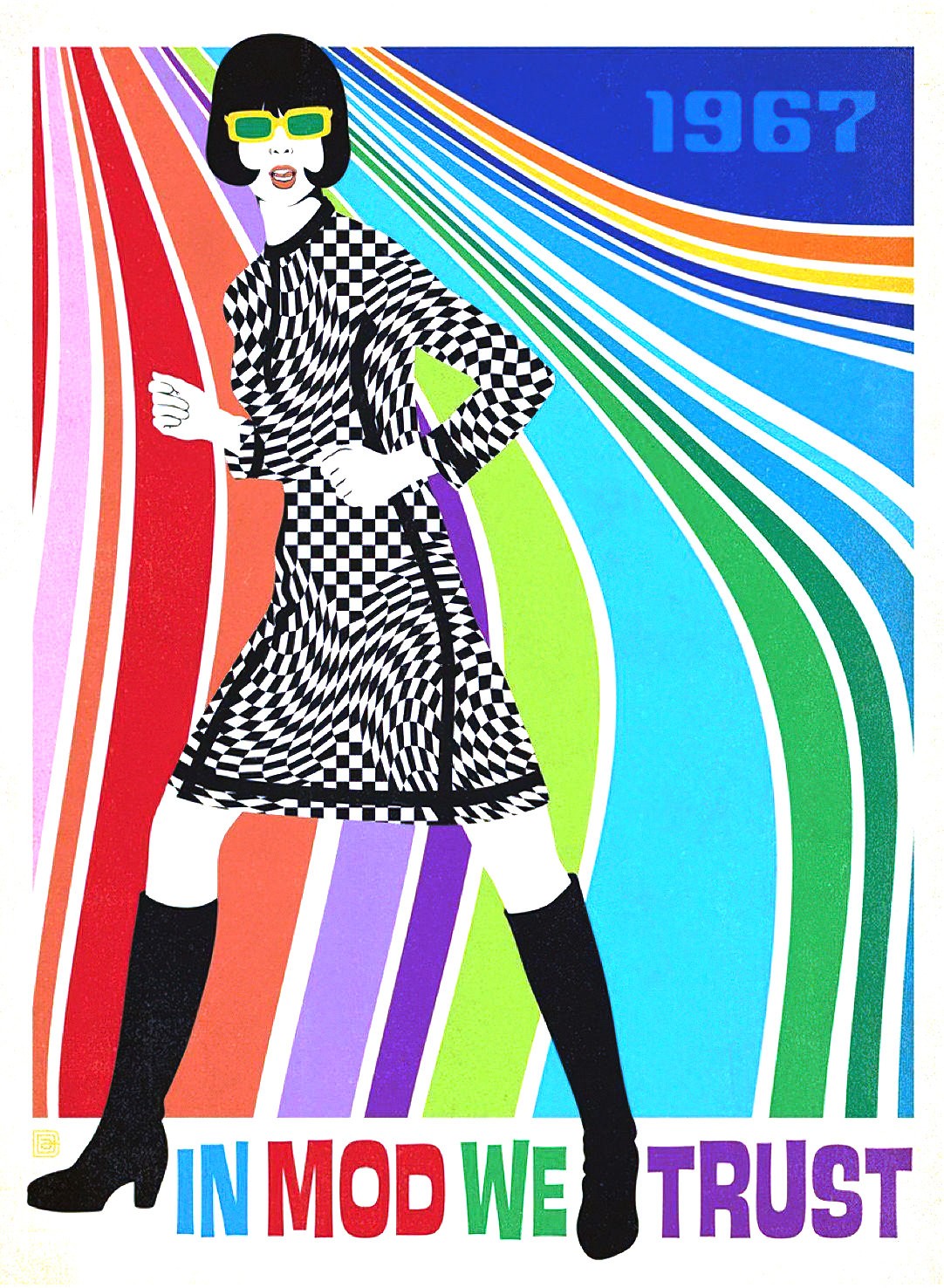
What is psychedelic art?
Basically, the word ‘psychedelic’ started out in pharmacology. Because of the visual hallucinations it can cause, the word psychedelic came to apply later to art.
-
Sequential Narrative Art In Picture Books
Sequential Narrative describes art which tells a story in a series of images making use of frames. Let’s say there are 7 main categories of Narrative art. Narrative art is art which tells a story. Monoscenic — represents a single scene with no repetition of characters and only one action taking place Sequential — very much like a continuous narrative…
-
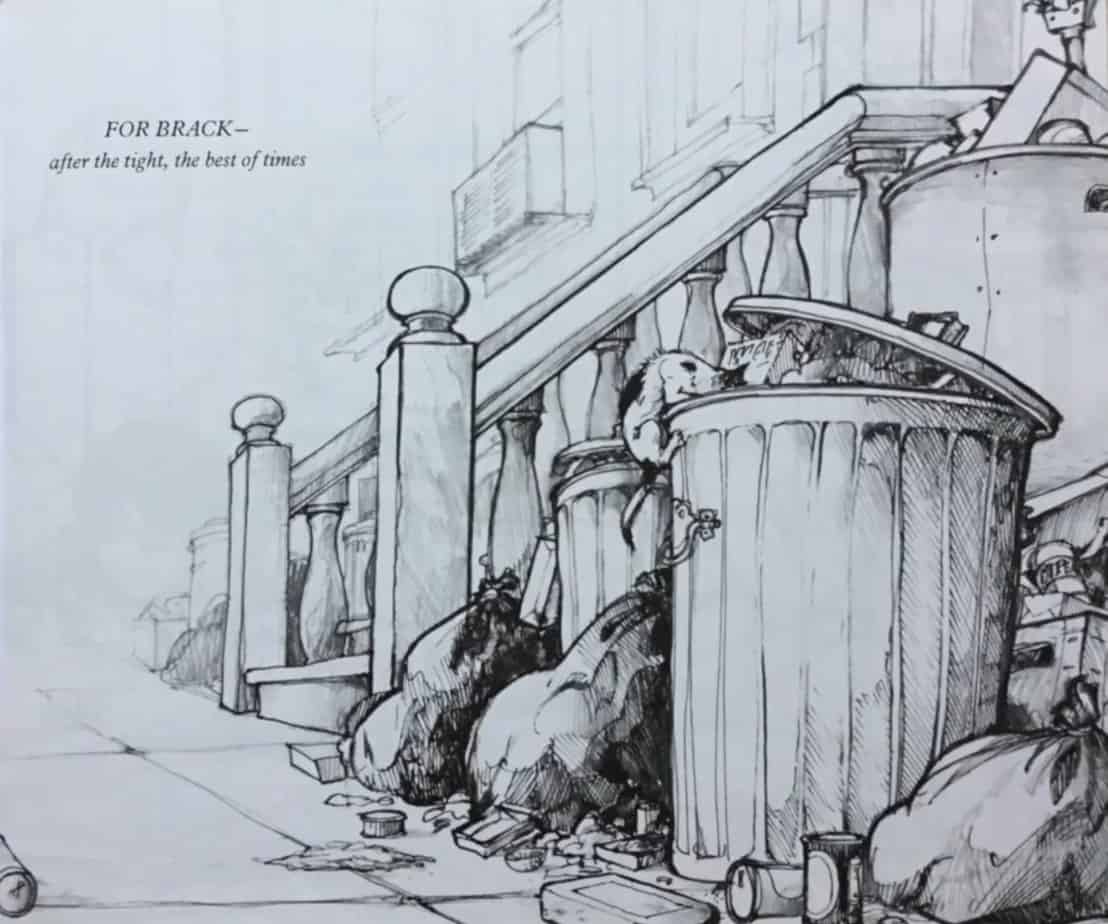
Tight Times by Shook Hazen and Schart Hyman Analysis
Tight Times (1979) is an American picture book written by Barbara Shook Hazen and illustrated in graphite pencil by Trina Schart Hyman. Tight Times also happens to be the first ever picture book read by LeVar Burton on America’s Reading Rainbow series back in 1983. I can see why they chose it. This short picture…
-
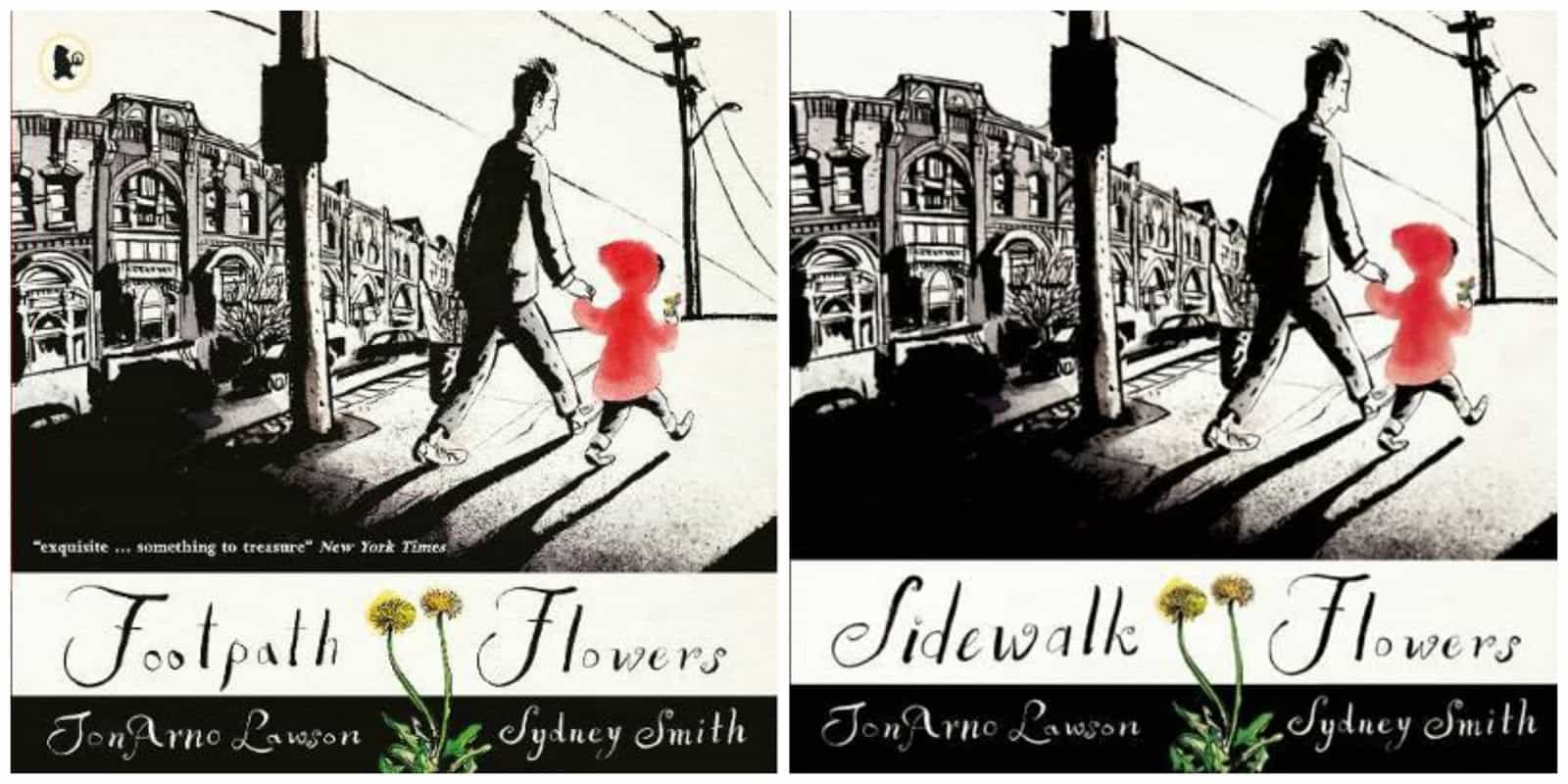
Sidewalk Flowers by Lawson and Smith
Sidewalk Flowers is a wordless Canadian picture book by poet JonArno Lawson and illustrated by Sydney Smith.
-
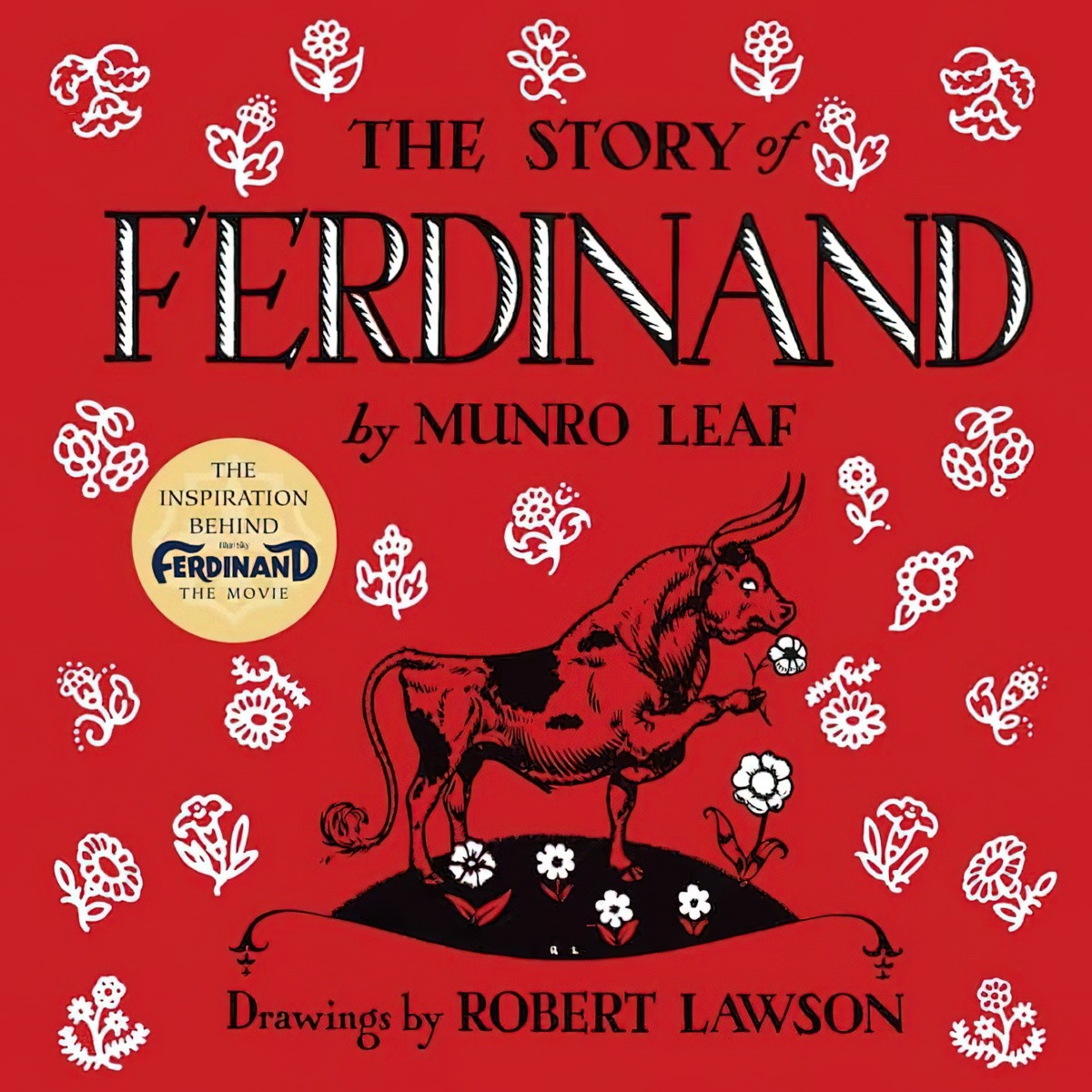
Ferdinand The Bull Picture Book by Leaf and Lawson Analysis
remarkable to a contemporary audience, but this picture book is significant for Lawson’s early use of cinematic perspectives. Picture books were influenced by motion pictures and photography in a wide variety of ways. Ferdinand the Bull is a standout example of a picture book which would have looked quite different had the audiences not been…
-
The clues to a great story: notes on the TED talk
Andrew Stanton’s work:
-
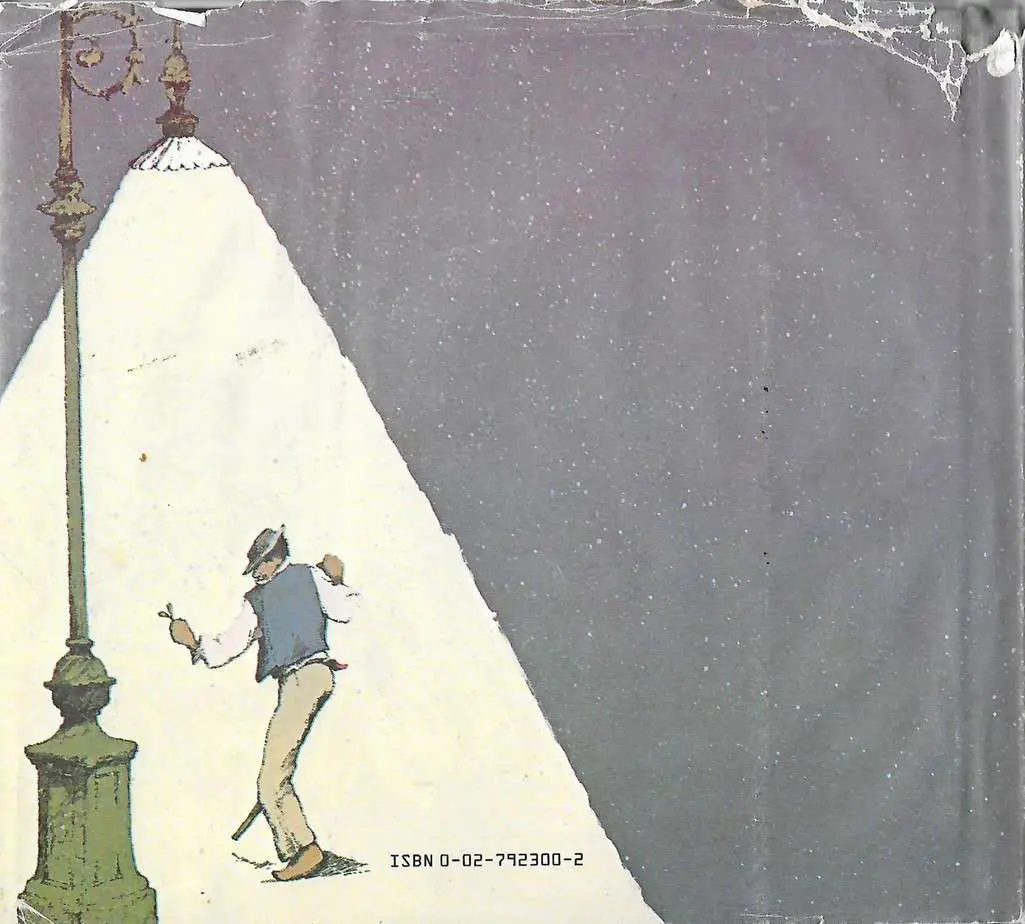
Ty’s One-Man Band by Pitts Walter and Tomes Analysis
Ty’s One-Man Band (1980) is a picture book written by Mildred Pitts Walter and illustrated by Margot Tomes. This is a good mentor text if you’re writing a picture book with plenty of rhythmic onomatopoeia. If reading to modern kids, they might find this slow, quiet picture book a bit more exciting if encouraged to…
-
Realistic Paint Studio Digital Art Software Review
Digital art software keeps getting better and better, which is no surprise, since computer processing power also keeps getting better and better. Drip engines, paint blending and large canvas sizes simply weren’t possible until the average user upgraded. In the past I have played around with a lesser-known art software called PaintStorm Studio. This morning…
-
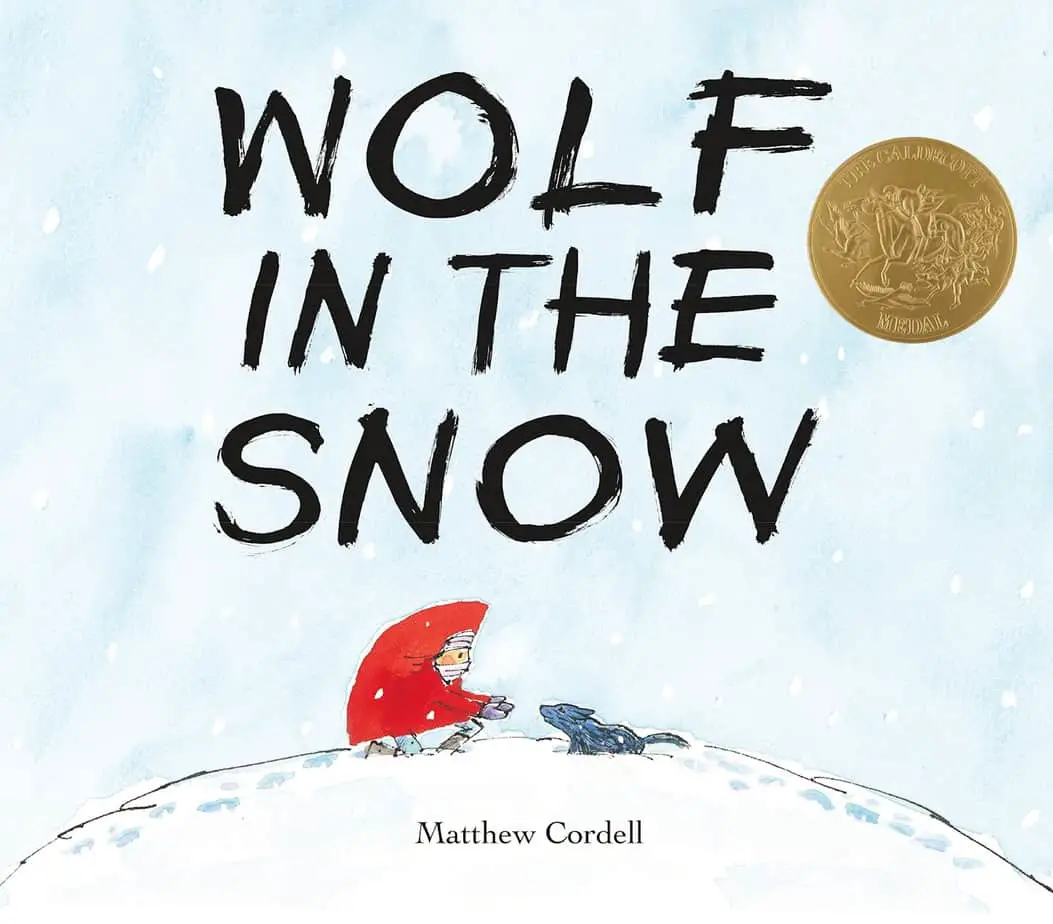
Wolf in the Snow by Matthew Cordell Analysis
Wolf in the Snow (2017) is an almost wordless picture book written and illustrated by Matthew Cordell, with links to the Little Red Riding Hood fairy tale. All picturebooks are puzzles. The details of pictures invite attention to their implications. The unmoving pictures require viewers to solve the puzzle of what actions and motions they…
-
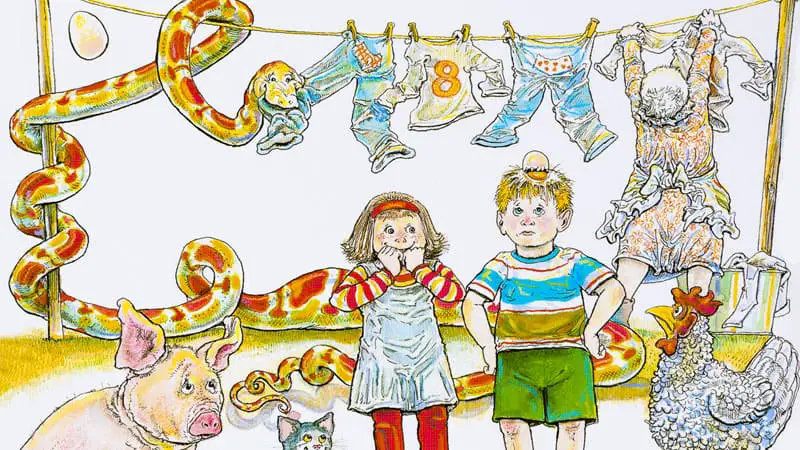
The Day Jimmy’s Boa Ate the Wash by Hakes Noble and Kellogg Analysis
The Day Jimmy’s Boa Ate the Wash (1980) is a carnivalesque, cumulative picture book written by Trinka Hakes Noble and illustrated by Steven Kellogg. This picture book is a great mentor text for the way it handles dialogue visually, and also for the way the ironic distance between text and image expands at the end,…
-
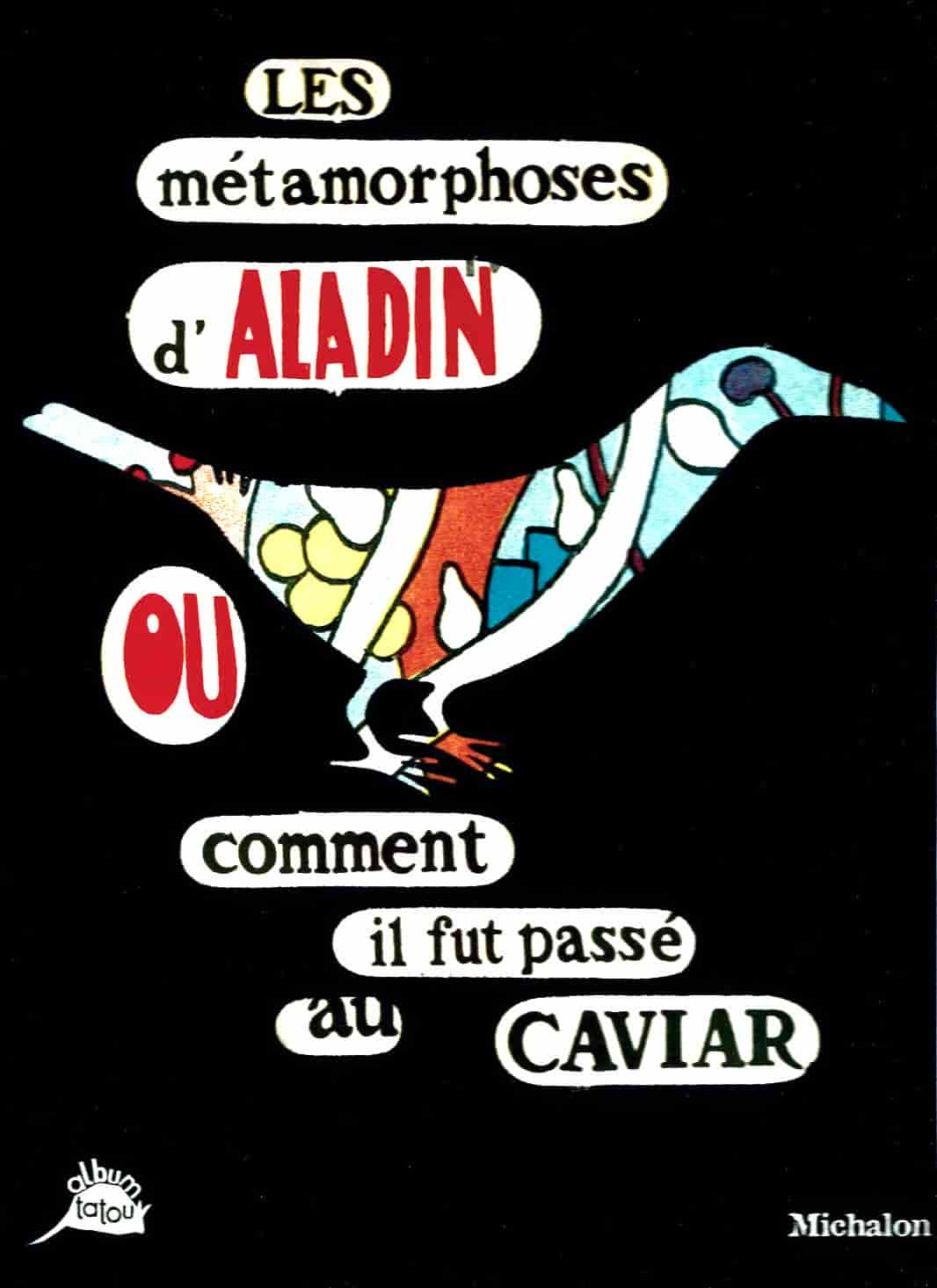
Flat Black in Picture Books and Art
If you’ve ever heard advice to avoid black out of the tube when painting, this article is a good explainer for what that actually means in practice.
-
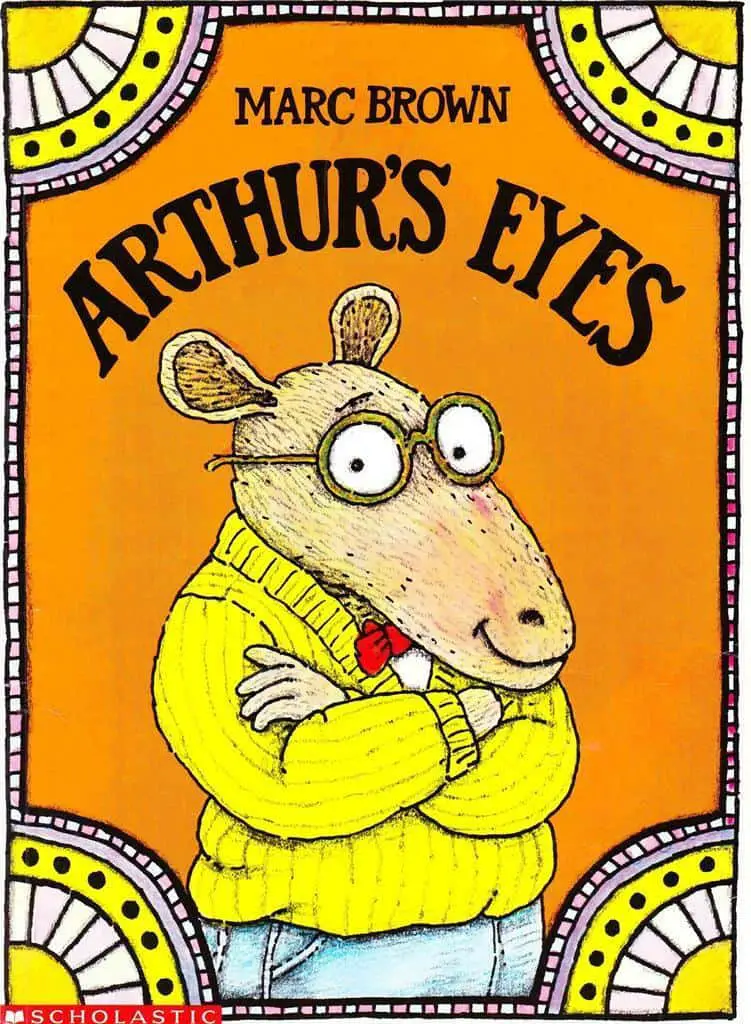
Arthur’s Eyes by Marc Brown Analysis
Arthur’s Eyes (1979) by Marc Brown is an early story of the popular Arthur series, about an ambiguously animal creature (only after looking it up do I understand he’s a brown aardvark) who lives with his nuclear family in an American suburb. This is a well-crafted story and really speaks to its young audience. The…
-
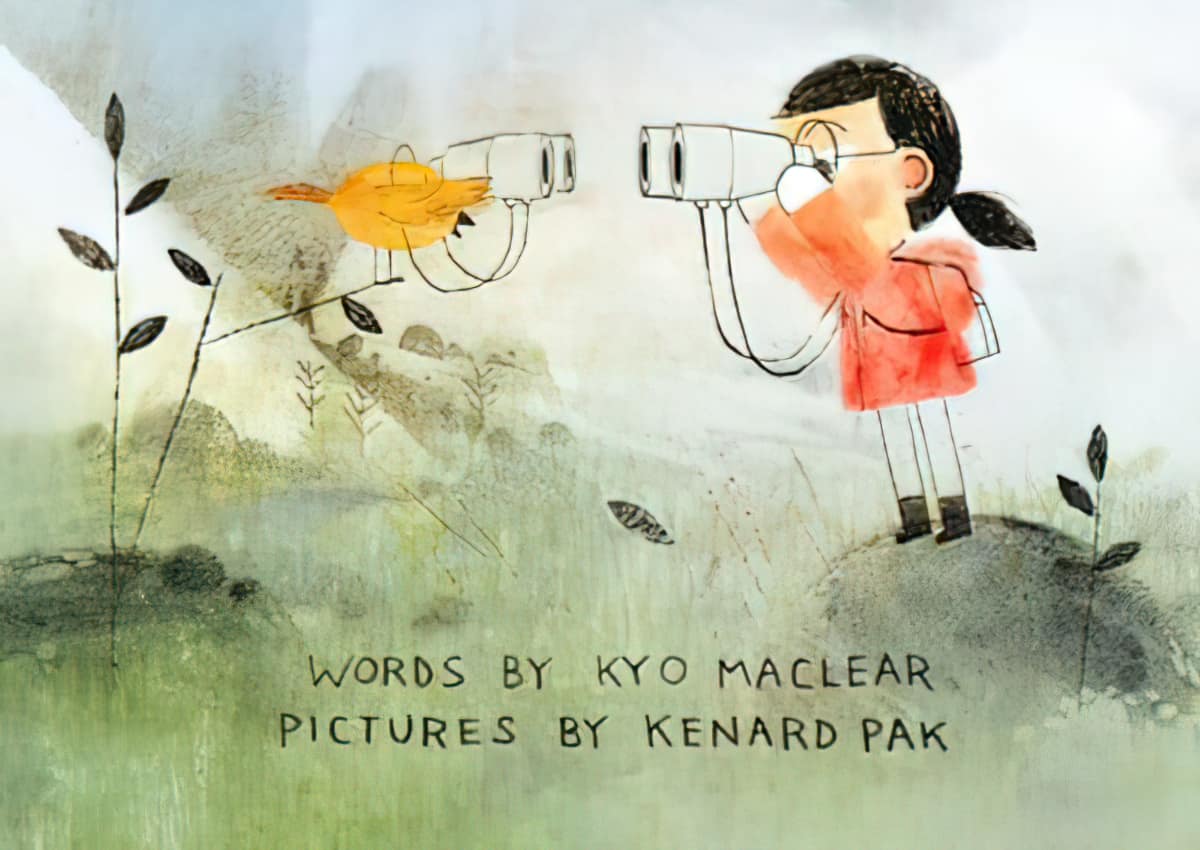
The Fog by Maclear and Pak
The Fog is a picture book by written by Kyo Maclear and illustrated by Kenard Pak. This is an example of a story for children that starts out in comical fashion, but you soon realise there’s a horrifying environmental message. The metaphor of fog serves double duty as a symbol of climate change and as…
-
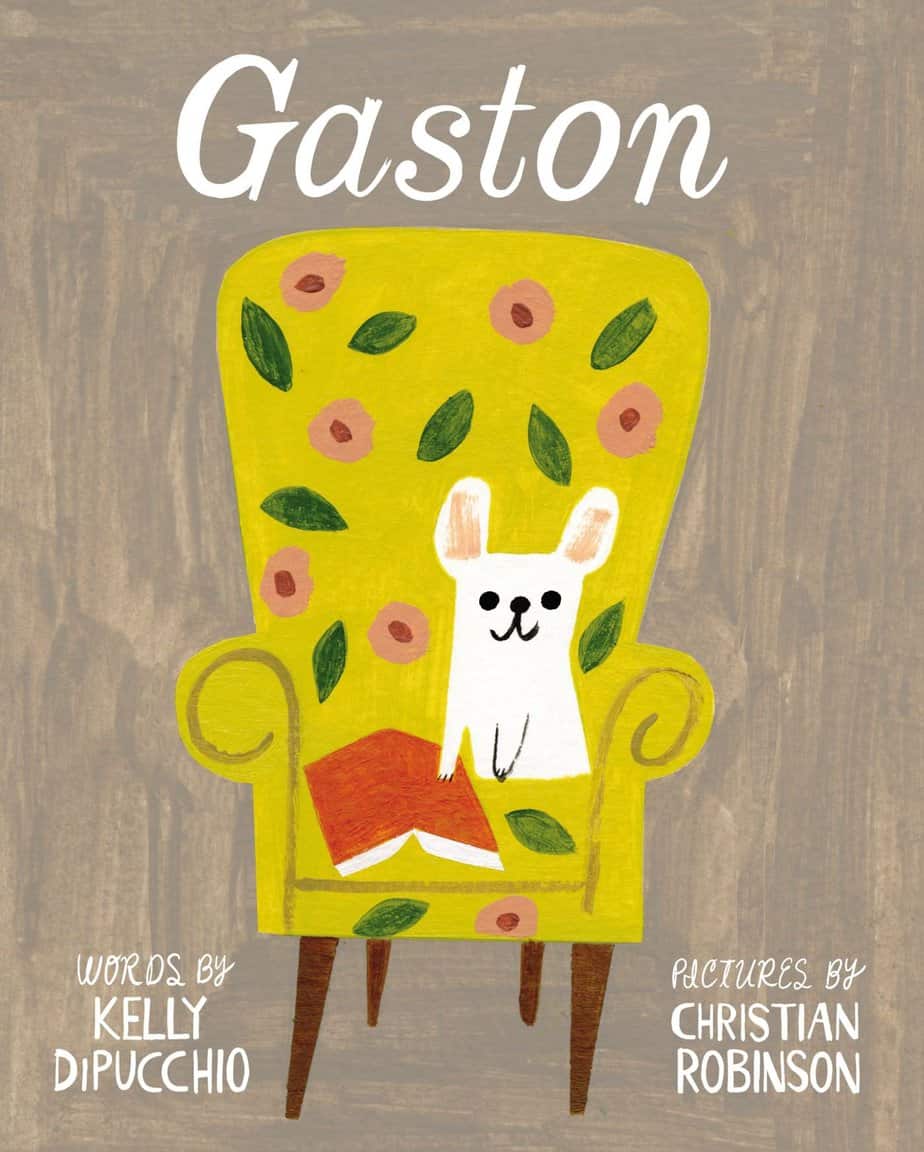
Gaston by DiPucchio and Robinson Analysis
Gaston is a picture book written by Kelly DiPucchio and illustrated in beautiful naive style by Christian Robinson. The colour palette is gorgeous. I liken Gaston to another popular contemporary picture book: Drew Daywalt’s The Day The Crayons Quit. The plots are not at all similar, but they share the same ideological problems, intending to…
